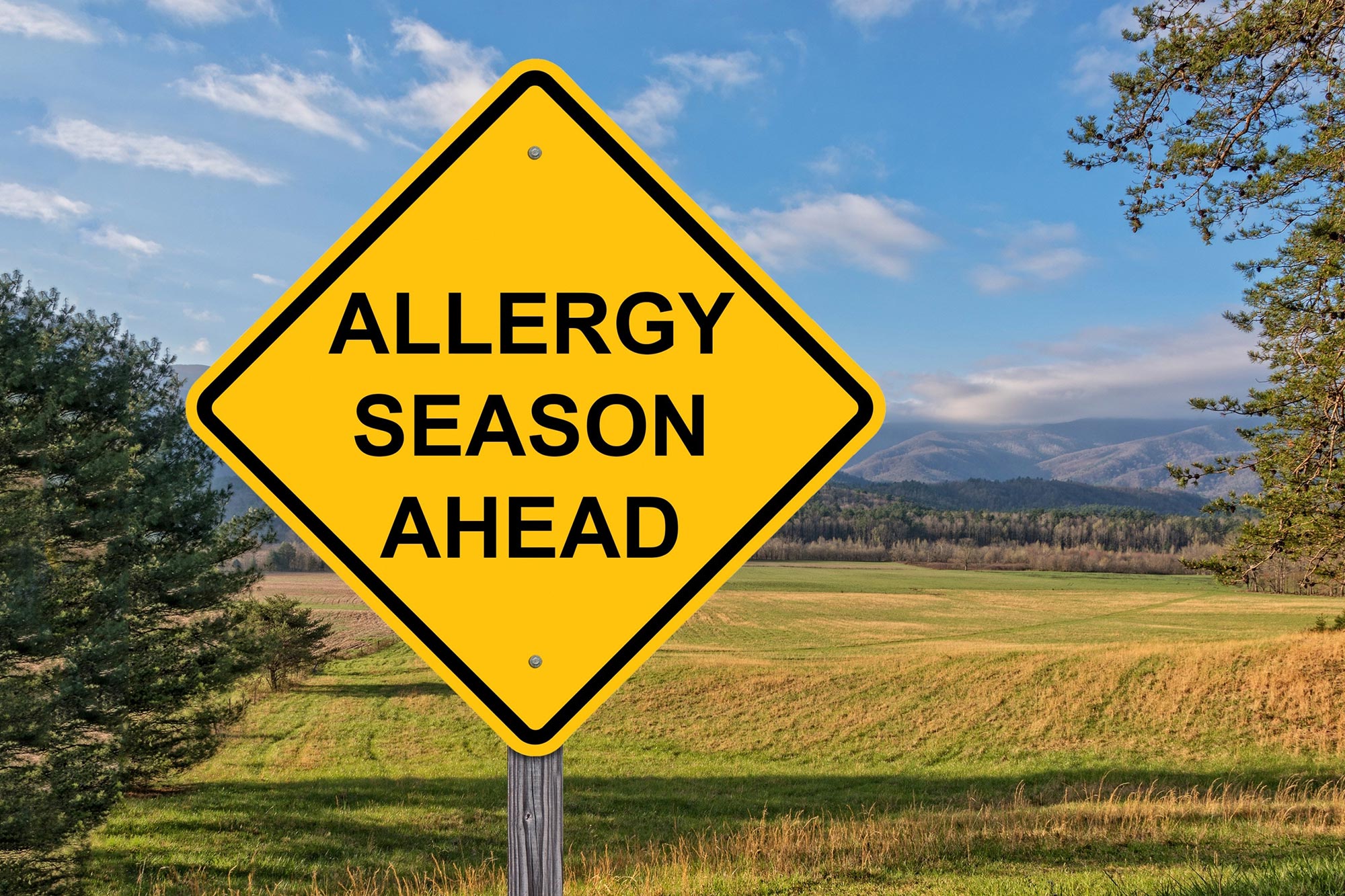If you love exercising outdoors, allergy season can really put a crimp on your fitness lifestyle. However, following some common-sense tips can make it much better.
Allergies are a pain but they don’t have to keep you from doing what you love. Sometimes it takes a little extra care and attention to keep your allergies in check during exercise. If you have pollen or mold allergies and feel worse during allergy season, you may be tempted to skip your workout. But even when you’re sneezing and your eyes are watery, your body still craves movement. The key is to exercise in a manner that minimizes your allergy symptoms. Here are some tips for doing that.
Time your workouts strategicallyIf you’re looking to avoid the morning rush of pollen, consider the benefits of exercising in the evening or at night. Pollen counts are generally lowest after 4 p.m., and typically drop off as dusk approaches. This means that if you wait until after work hours to do your outdoor runs, there’s less chance for a sneezing fit — so you can focus on getting more out of your workout. After a rain is another good time, as rain clears some pollen from the air.
Pollen is lower in the late afternoon and evening, making it a better time to exercise outdoors during allergy season.
Do your research before stepping outside. While pollen is at its highest levels in the early morning, this doesn’t mean every plant releases its allergens then. Use an allergy forecast app to check what types of pollen will be prevalent during the time of day when you exercise outdoors. You may be allergic to one type while having no symptoms from another. Finding out could help you make some simple changes to your exercise program that will keep you running strong all season long.
Choose the best locations if you exercise outdoorsAvoid areas that are typical allergy hot spots: outdoor gyms, trails with overgrown grass and trees, and places where people smoke. Don’t exercise in busy areas of town. Sidewalks will be lined with exhaust fumes, and pollen from car exhausts likely will be thick in the air. Wear wraparound sunglasses to stop pollen from getting into your eyes — this can be irritating if you have hay fever.
Exercising outdoors can trigger allergy symptoms like sneezing.
Take precautions before exercisingIf you usually take an antihistamine before a workout, don’t forget to do so. Premedicating before you start an exercise session can lessen your allergy symptoms once you start huffing, puffing, and sweating. When you go for a run or do any other vigorous exercise outside on high pollen count days, you can inhale up to 10 times more pollen particles than at rest.
If you exercise with allergies, it is always a good idea to test a new medication before a workout. See what the side effects might be and whether they affect your performance or judgment while exercising. Speak with your doctor about the medications they recommend and modify them as necessary for your physical activity habits.
Monitor your symptomsKnow the signs of an allergic reaction and closely monitor your symptoms.
If you have a pollen allergy, you’ll likely experience symptoms such as:
itchy, watery eyessneezing and/or a runny nosecoughingwheezing (more common if you have asthma)If your symptoms worsen during a workout, reduce the intensity or stop. It’s best to avoid intense physical exertion if your symptoms are too severe. The mucus membranes in your nose and throat are already inflamed, so pushing yourself beyond your limits during a workout can exacerbate those symptoms — and worsen your allergies.
Even if you are going to workout outside, you can still warm up inside to spend less time outside exposed to pollen.
Warm-up indoorsIt’s a good idea to warm up indoors before heading out for your workout. This way, you’ll avoid breathing deeply while outside during peak pollen counts. A good warmup that includes dynamic stretching takes five to 10 minutes. Doing your warmup inside will reduce your exposure to outdoor pollen.
Change clothes afterwardWhether you exercise indoors or outdoors, make sure you take off your clothes as soon as you walk through the door and shower afterward. This will wash away all traces of allergens before they become embedded in your skin and clothing.
When pollen counts are really high, it is best to do your exercising indoors.
Do your workout indoors when the pollen count is high
When you spend time outdoors, it can be hard to avoid pollen. The best way to avoid the symptoms of a seasonal allergy attack is to limit your exposure to it. If you’re going outside to exercise, check the pollen count before you leave. As long as it’s lower than normal, you should be fine. But if the count is higher than usual, consider doing your workout indoors, or at least limit your time outside.
The Bottom LineYou can exercise outside even during allergy season if you’re careful, but check with your healthcare provider first since they know your health history better than anyone. And be sure to listen to your body and slow down or stop if your symptoms worsen during exercise.

